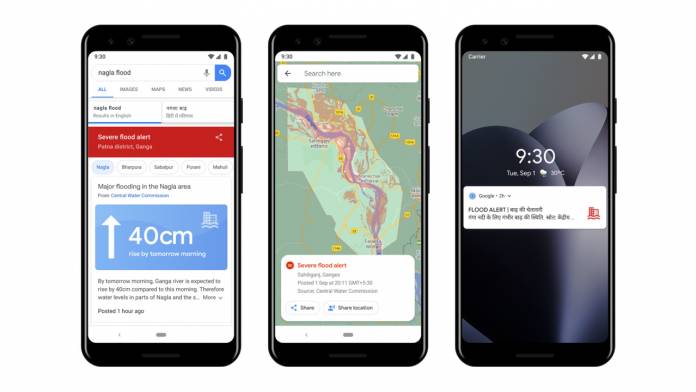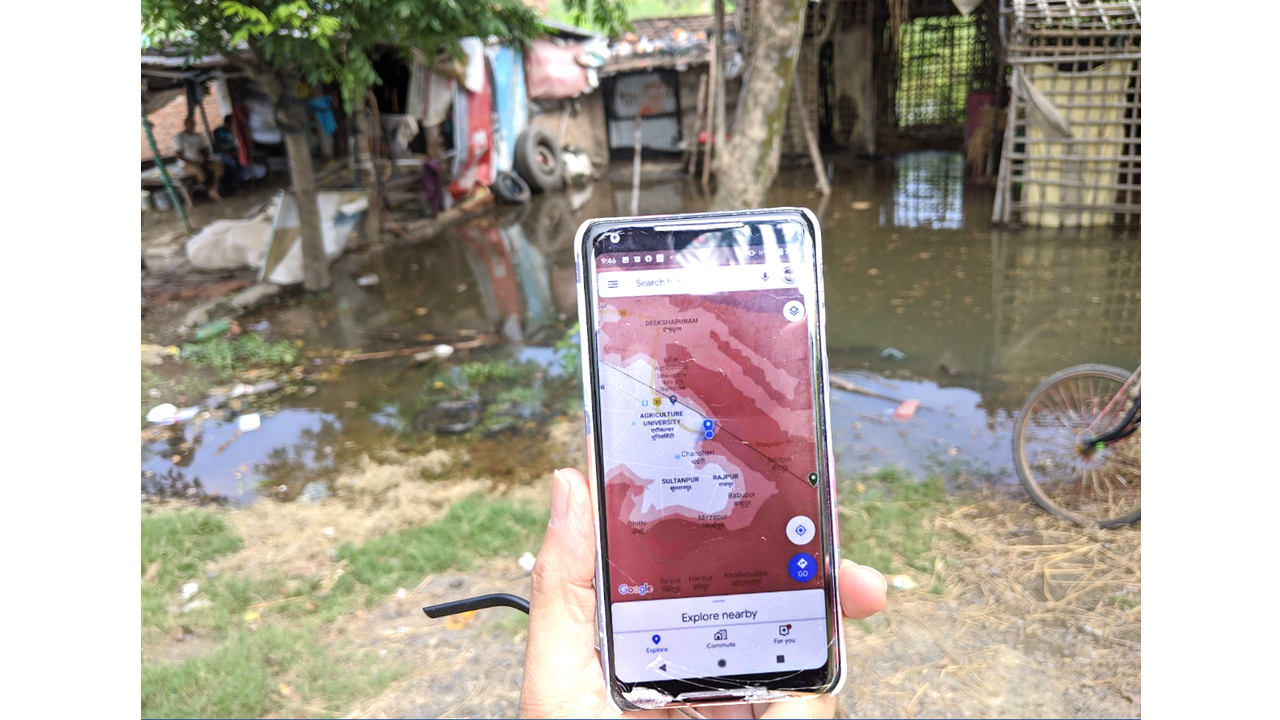
Monsoon season is in full swing in India and Bangladesh, making it paramount to deliver real-time early warning for floods in specific regions. The current COVID-19 pandemic has disrupted the in-person networks which people rely on for advanced warnings. In a bid to make it easy for people in developing countries to get advance warnings, Google has partnered with the International Federation of Red Cross and Red Crescent Societies to create local networks to relay disaster alert information to people.
Google has been associated with governments to develop flood prediction systems to keep people from harm’s way and with this initiative they are taking things a step further. Working in close quarters with the Indian Central Water Commission, Google technology has improved the way critical government alerts are sent out. Factually, they have managed to safeguard 200 million people by sending roughly 30 million notifications in flood-hit areas spanning 250,000 square kilometers. Apparently this 20 times the numbers achieved last year.
Likewise in Bangladesh, Google has joined forces with Bangladesh Water Development Board to protect 40 million people in a country that is susceptible to floods. They’ve also achieved better lead time and spatial accuracy Google plans to expand the reach even more in the future. This year Google has launched a forecasting model which practically doubles the alert lead time – giving people almost a day or even more to prepare for the eventuality.

The information that Google sends to the users is also based on a lot of groundwork done in collaboration with Yale. This helps in understanding the kind of information needed by people and the ways in which that information can be made highly accessible. For example, according to a survey by Google, 65 percent of people protect their valuables and plan to evacuate once a warning is received. For this, Google strives to deliver alerts faster and also provide information on the severity of the floods – water level rise in particular.
The new forecasting alert system has also been tweaked to make it useful for the end-users. The warning format has been tweaked with better readable alerts along with a visual interface for a better understanding of the ground situation. These alerts are now more localized for accurate information beaming and there are now more languages added to the system – Hindi Bengali and seven local languages to be precise.









